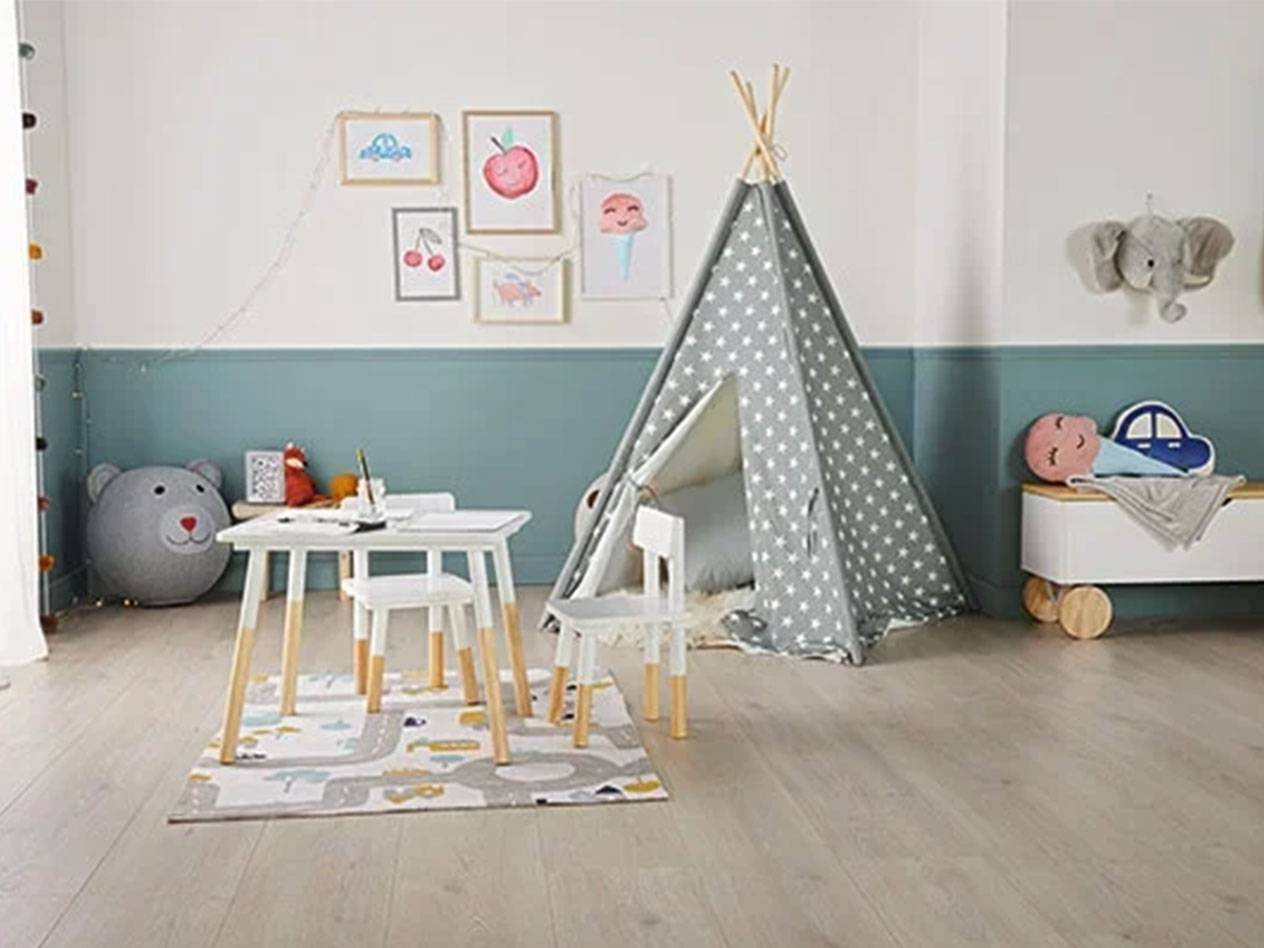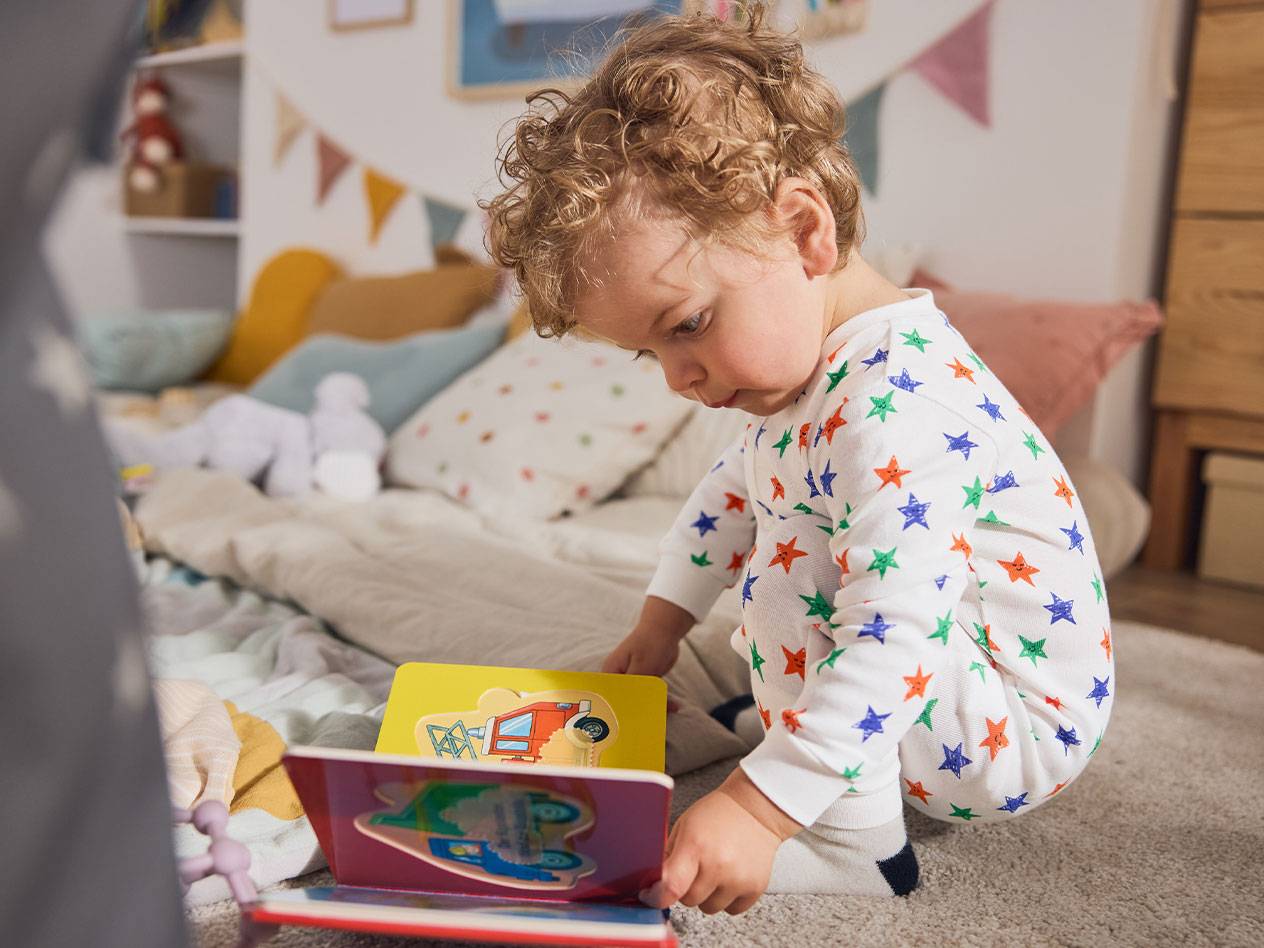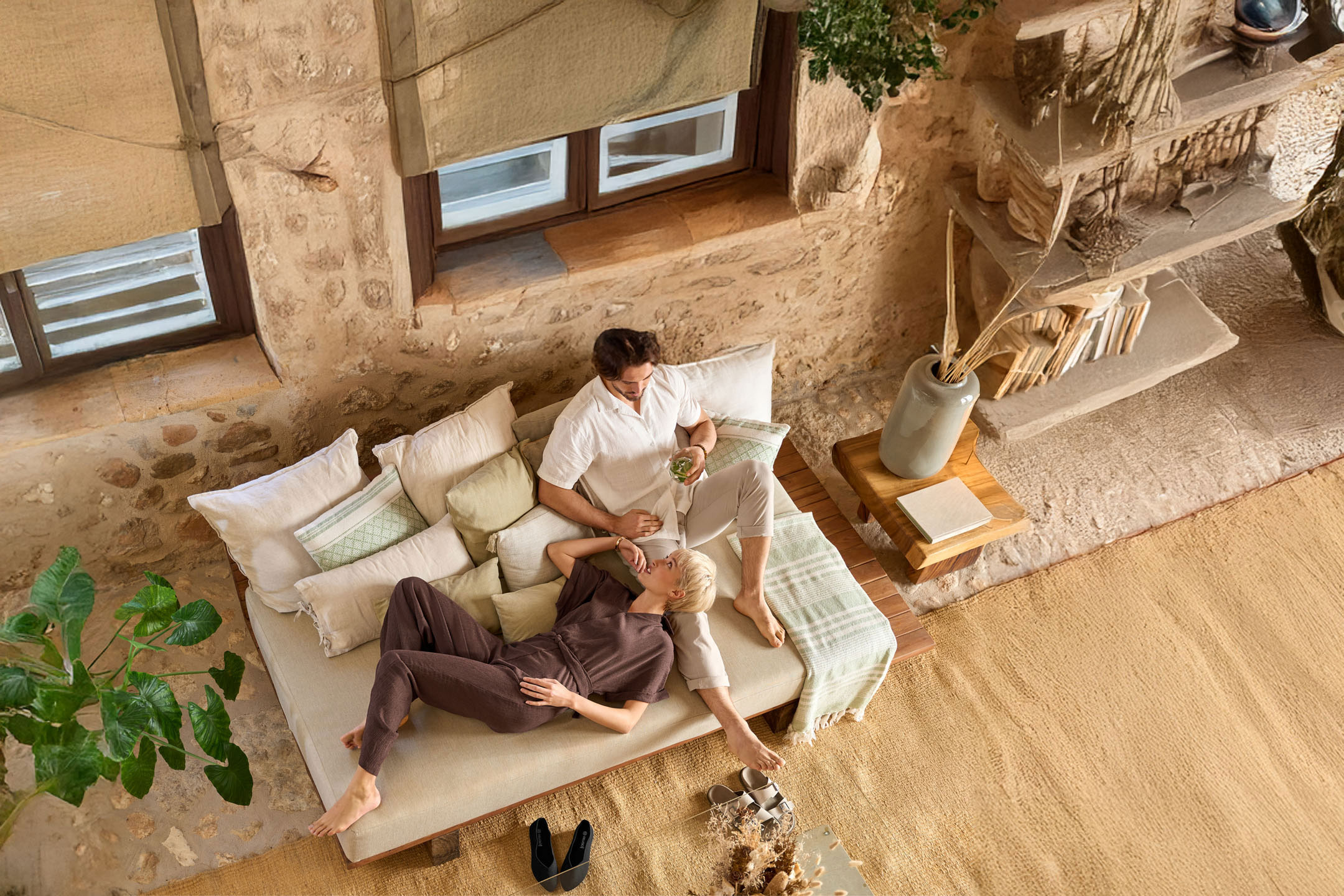Furnishing your baby's room – how to make it cozy for your little one
Your little one will soon see the light of day? Then it's time to think about furnishing your baby's room. After all, your little one wants to be cozy. Most parents ask themselves long before the birth: “How should I furnish the baby's room?”
But furnishing a baby's room properly is not that easy, because there are a few things you should bear in mind. The baby's room should not only be suitable for your little one in the first few months, but also provide a cozy nest and a safe play environment during their toddler years.
To help you get ideas for furnishing your baby's room and get everything right when designing it, this guide summarizes all the important tips.
Content
- Furnishing the baby room – the must-haves for the perfect room
- How to create the perfect play area
Furnishing the baby room – the must-haves for the perfect room
Every baby's room needs the basic furnishings. This includes, of course, a bed, a changing table and a chest of drawers where you can store the baby clothes. These basics are important for everything your little one needs: healthy sleep, fresh clothes and a clean nappy.

The basics: a bed, a chest of drawers, etc.
A well-furnished baby room definitely needs a good baby bed. It is important that the bed prevents the baby from falling out – a cot is particularly suitable for this because it is height-adjustable and ensures better air circulation thanks to the side bars. A co-sleeper for the parents' bedroom is also ideal for the beginning. This saves you having to go to your baby when it cries in the night and you have it right next to you. When choosing a baby mattress, make sure that it is not too soft and is also tested for harmful substances. In general, all furniture in the nursery should have rounded corners and edges to ensure that the baby does not injure itself.
- A safe baby bed and a good baby mattress are essential items in the baby’s room.
- A chest of drawers offers a space for nappies, a change of clothes etc. It is best to anchor it firmly to the wall so that it cannot fall over.
- A small wardrobe offers enough storage space for everything else you need for your baby.
- A changing table is also recommended in the baby's room. This allows the baby to be changed quickly during the night. After all, your baby will only be happy with a clean nappy.
When furnishing, also think about child-friendly lighting. Several decentralized lighting elements such as table lamps or wall lamps make the room cozy, while a ceiling lamp provides sufficient light when you are changing and dressing your baby. The ceiling light should be dimmable to ensure it is not too bright sometimes. Additional night lights create a pleasant atmosphere and prevent you from having to turn on the main light or another bright lamp for nighttime breastfeeding or changing.
Now it's getting comfortable – a cozy corner for the whole family
A cozy corner in the baby's room is a feel-good place for both of you. It's also the ideal breastfeeding corner at the beginning; you can retreat there for a moment of peace. It doesn't matter whether you create a cozy corner of the room with lots of cushions or place an armchair there: It is important that this area is as comfortable and cozy as possible.
A pleasant temperature is also important for comfort – you can achieve this with a heat lamp above the changing table or a nursing lamp. Purchasing such heat source is especially worthwhile if your baby is an autumn or winter child.

Designing a baby's room with the right colors
The right colors in the baby's room are particularly important because they create a pleasant atmosphere. When you start designing your baby's room, you should opt for warm but subtle colors that won't overstimulate your little one. Light and pastel colors are best. For example, design the baby's room in a soft light blue or a warm but not bright yellow. You can also use several colors, but in this case you should be careful not to bring too much “color chaos” into the baby's room. You can achieve this by choosing colors that harmonize with each other. Babies perceive not only sounds but also colors as “noise” and react to it very sensitively.
You should not paint the baby's room shortly before the birth, but rather a few months beforehand. This allows the paint to evaporate sufficiently so that your baby doesn't inhale any harmful substances or paint smell in their room. When decorating the walls, pay particular attention to the ceiling, for example by decorating it with a pattern or attaching mobiles – because babies primarily focus their gaze on the ceiling in the first few months.

How to create the perfect play area
In the first few weeks, your baby will naturally not yet use the play area in their room. But children grow quickly and your baby will soon discover their first games. It is therefore important that you think about a varied play area from the outset when furnishing your baby's room. Of course, a crawling blanket is also a must. For example, you can make it cozy with a children's rug and lots of pillows.
There is a wide selection of exciting toys for every age: the range extends from rattles for the very little ones to fabric books and small building blocks. A tip to avoid chaos in the baby room: The toys can be quickly stored in boxes, open chests or another suitable storage system in the evening. This way you avoid chaos and everything has its place.
To start with, you need at least this basic equipment for the baby's room:
List of accessories
- Baby bed
- Baby mattress
- Baby bed linen
- Changing table and changing mat
- Chest of drawers
- Small wardrobe
- Storage boxes and/or open chests
- Lamps and night lights
- Cuddly blanket or soft rug
- Toys
- Mobiles & music boxes
Baby room furniture that grows with your child
The play area should be designed so that it can accompany the baby for a long time. Your little one will grow faster than you'd like, and it takes a lot of time and energy to redesign the baby's room every six months. If you make sure right from the start that the play area can be adapted to your baby's developmental stages, your little one will still have fun with it later on.

